Cetonia aurata (rose chafer)
Cetonia aurata the rose chafer beetle are found over southern and central Europe and the southern part of the UK where they can be very localized. The adults are fairly variable in colour from dark green through to some with a more golden-green sheen.
Rose chafers are usually seen in sunny weather feeding on the petals of flowers especially roses. Adults can often be seen from early summer and are very quick to take off and fly if disturbed.
The larvae feed on decaying leaves and vegetable matter at the soil/litter interface and develop over two to three years.
Cetonia aurata are a very beneficial saprophagous species (detritivore), their larvae are the insect equivalent of earth worms and help make very good compost where they are often found in great numbers.
Species detail
-

Taxonomy
The rose chafer is part of a group of beetles (Cetoniini) which all can fly with closed forewings (elytra). This is possible due to a tiny slit at the sides of the robust greenish shining forewings and a particularly formed forewing articulation. Find out more about the morphology of the rose chafer.
-

Distribution and habitat
Rose chafers are found over southern and central Europe and the southern part of the UK where they can be very localized. Find out more about where to find Cetonia aurata
-

Biology
Rose chafers generally emerge in the spring when they mate. Following mating, the females lay their eggs in decaying organic matter, and then die. Learn more about the lifecycle of the rose chafer beetle.
-

Behaviour
Rose chafers are capable of very fast flight, flying with their wing cases down like bumble bees. The adult beetles are active between April and September. The beetles fly clumsily and are typically seen in sunny weather. Discover more about the behaviour of this beautiful beetle.
-

Conservation
Discover what you can do to help protect the rose chafer beetle.
Images
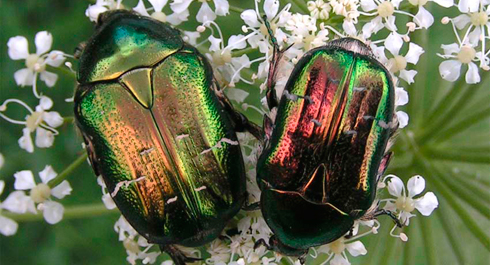
Centonia aurata, rose chafer beetle.
© E Steinert
Centonia aurata, rose chafer beetle.
© I Chrumps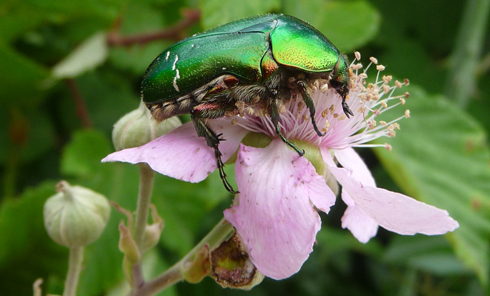
Centonia aurata, rose chafer beetle.
© Lucarelli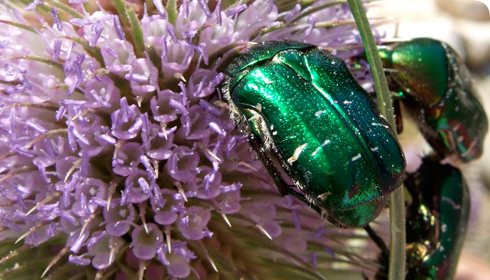
Centonia aurata, rose chafer beetle.
© A Häusler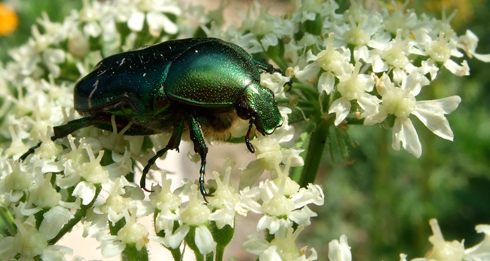
Centonia aurata, rose chafer beetle.
© A Häusler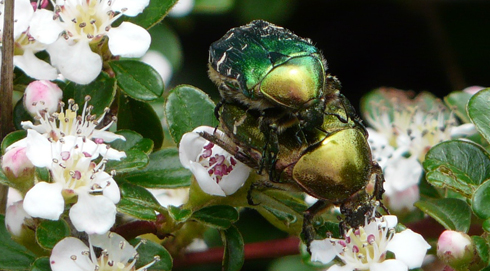
Centonia aurata, rose chafer beetle.
© P IgorAuthor
Dr Dirk Ahrens
Research scientist, Department of Entomology.
